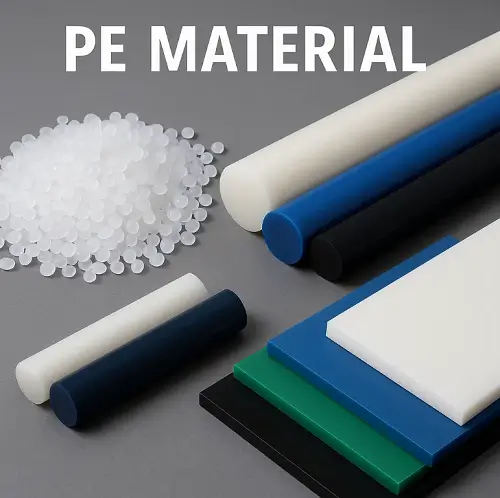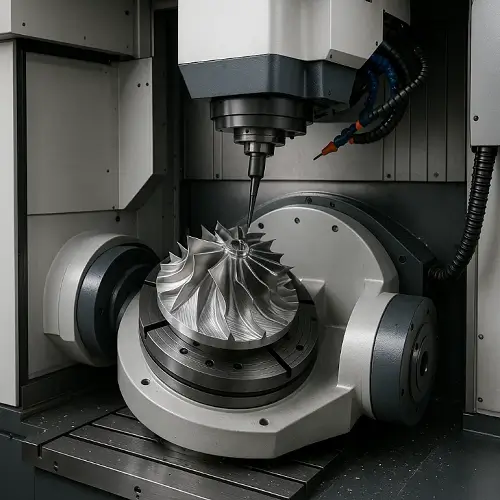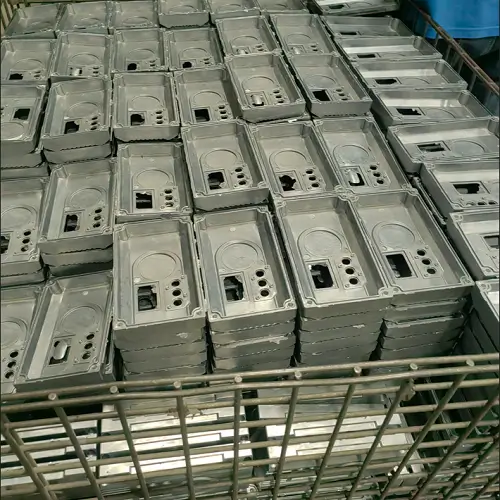Polyethylene (PE) – a seemingly ordinary but ubiquitous plastic – has long been integrated into every aspect of our lives. From supermarket shopping bags to gas lines, from food packaging to artificial joints, it has become the world’s most widely used plastic material by virtue of its lightweight, strong, corrosion-resistant and low-cost advantages. By adjusting the polymerization process and molecular structure, polyethylene can be transformed into different forms to meet demands ranging from daily necessities to hig
The most common types of polyethylene include LDPE, HDPE, LLDPE, MDPE, and UHMWPE. Although derived from the same mo
What is Polyethylene?
From a chemical point of view, polyethylene is a long-chain polymer made by the polymerization of ethylene monomer (C₂H₄), with the repeating unit (–CH₂–CH₂–)ₙ.

As a non-polar, semi-crystalline polymer, it has low density, good ductility, excellent chemical resistance, and easy processability. The density of polyethylene usually ranges from 0.91–0.97 g/cm³, depending on branching and crystallinity, which leads to categories such as LDPE, HDPE, LLDPE, MDPE, and UHMWPE.
How is Polyethylene Produced?
High-Pressure Free Radical Polymerization
Mainly used for the production of LDPE. Ethylene molecules form a large number of branching structures with low crystallinity, resulting in a soft, transparent material suitable for films and packaging.
Low-Pressure Catalytic Polymerization
The mainstream method for HDPE, LLDPE, and MDPE. Using Ziegler–Natta or metallocene catalysts, molecular chain linearity and branching can be precisely controlled, producing higher strength and rigidity.
Special Controlled Processes
Used for UHMWPE. Extremely high molecular weight polymers are obtained at very low polymerization rates, providing outstanding abrasion and impact resistance.
Comparison of Properties of Polyethylene Types
| Property | LDPE | HDPE | LLDPE | MDPE | UHMWPE |
|---|---|---|---|---|---|
| Density (g/cm³) | 0.91–0.93 | 0.94–0.97 | 0.91–0.94 | 0.926–0.94 | 0.93–0.94 |
| Tensile Strength (MPa) | 8–15 | 20–37 | 10–25 | 12–25 | 21–40 |
| Elongation at Break (%) | 300–600 | 100–1000 | 300–700 | 200–600 | 300–500 |
| Melting Point (°C) | 105–115 | 125–135 | 120–125 | 120–130 | 130–136 |
| Continuous Use Temp (°C) | ~50 | ~75 | ~60–70 | ~70 | ~80 |
| Main Features | Flexible, transparent | Rigid, strong | Tear resistant | Balanced strength & flexibility | Extremely wear-resistant |
Advantages and Disadvantages of Polyethylene
Advantages
-
Lightweight and low density, easy to transport and process
-
Resistant to acids, alkalis, and many solvents
-
Excellent electrical insulation, widely used in cable jacketing
-
Virtually non-absorbent, stable in humid environments
-
Suitable for injection molding, blow molding, extrusion, thermoforming
-
Established recycling systems, widely recyclable
Limitations
-
Moderate heat resistance, most grades < 90 °C in long-term use
-
Low surface energy, surface treatment required for printing or bonding
-
Prone to creep under long-term load
-
Flammable, burns with a candle-like odor
Recognizing Different Types of Polyethylene
LDPE (Low-Density Polyethylene)
LDPE has many branched molecular chains with crystallinity of 40–60%. It is soft, transparent, and highly ductile, with elongation at break of 300–600%. Commonly used in shopping bags, cling films, squeeze bottles, and cable insulation. Long-term service temperature is limited to 50–60 °C.
HDPE (High-Density Polyethylene)
HDPE has a highly linear structure with crystallinity of 70–80% and density of 0.94–0.97 g/cm³. It is rigid, strong, chemically resistant, and crack-resistant. Commonly used for water and gas pipes, blow-molded containers, and outdoor products with UV stabilizers.
LLDPE (Linear Low-Density Polyethylene)
LLDPE is made by copolymerizing ethylene with α-olefins, creating short branches. Compared to LDPE, it has better tear and puncture resistance, allowing thinner but stronger films. Used in stretch wrap, agricultural films, and heavy-duty bags.
MDPE (Medium-Density Polyethylene)
MDPE balances strength and flexibility with density between LDPE and HDPE. It is highly resistant to slow crack growth and stress cracking, used in gas pipes, storage tanks, and packaging films.
UHMWPE (Ultra-High Molecular Weight Polyethylene)
UHMWPE has molecular weight ≥ 3×10⁶ g/mol, with low friction, outstanding abrasion resistance, and high impact strength. Not suitable for conventional molding; processed by compression molding, ram extrusion, or machining. Used in conveyor liners, bearings, protective gear, and artificial joints.
Applications of Polyethylene
Polyethylene is widely used in both industrial and consumer products:
-
Packaging: Shopping bags, shrink films, food wraps
-
Pipes and storage: Water supply, gas distribution, chemical tanks
-
Electrical insulation: Cable insulation and sheathing
-
Consumer goods: Bottles, toys, containers, disposable medical items
-
Engineering components: Wear-resistant liners, sliding elements, protective films
FAQ
Q1: What is the chemical formula of PE?
Polyethylene has the repeating unit (–CH₂–CH₂–)ₙ, derived from ethylene monomer (C₂H₄).
Q2: What is the density range of PE?
0.91–0.97 g/cm³ depending on crystallinity and branching.
Q3: What is the difference between LDPE and HDPE?
LDPE is soft and transparent for films; HDPE is rigid and strong for pipes and containers.
Q4: Can PE be CNC machined?
Yes. Sharp tools, low cutting speeds, and cooling are required to prevent melting or burrs.
Q5: Can PE be recycled?
Yes. Recycling systems exist for LDPE and HDPE, and recycled PE is used in films, pipes, and molded parts.
About JeekRapid
At JeekRapid, we provide processing and molding services for LDPE, HDPE, LLDPE, MDPE, and UHMWPE. Our capabilities include CNC machining, injection molding, blow molding, and thermoforming. Whether for prototypes or mass production, JeekRapid supports engineers in selecting the right PE material and process for cost-effective, reliable manufacturing.Get Quote!


